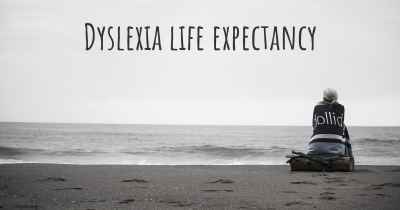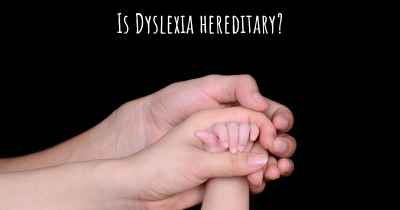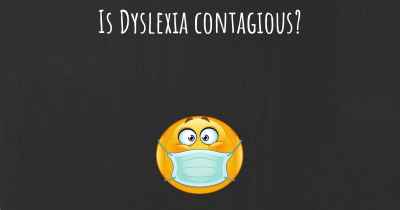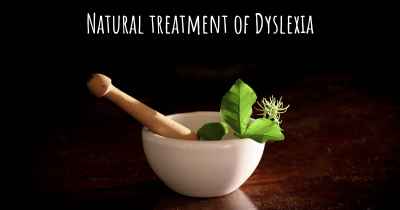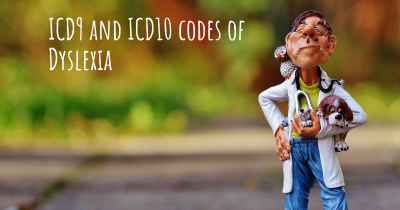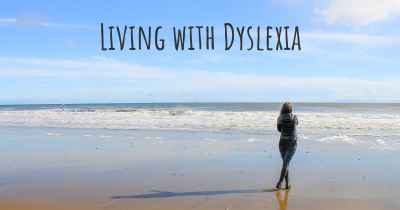What are the latest advances in Dyslexia?
Here you can see the latest advances and discoveries made regarding Dyslexia.
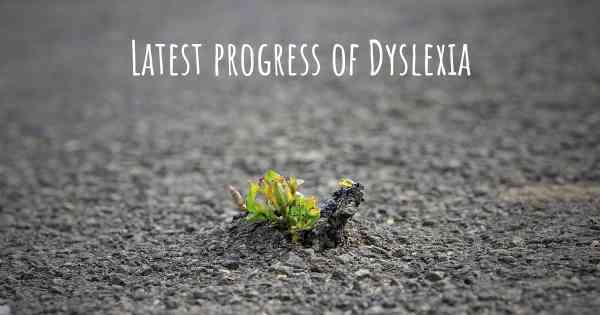
Dyslexia is a learning disorder that affects a person's ability to read, write, and spell. It is estimated that around 10% of the global population is affected by dyslexia, making it a significant challenge for many individuals. Over the years, researchers and scientists have made remarkable advancements in understanding dyslexia and developing effective interventions to support those with the condition. Here are some of the latest advances in dyslexia:
1. Early Identification and Intervention:
One crucial advancement in dyslexia is the emphasis on early identification and intervention. Research has shown that early screening and intervention can significantly improve outcomes for children with dyslexia. By identifying dyslexia at an early age, educators and specialists can provide targeted interventions to help children develop essential reading skills and overcome challenges.
2. Multisensory Approaches:
Another significant advancement is the development of multisensory approaches to teaching reading. These approaches recognize that individuals with dyslexia may benefit from engaging multiple senses during the learning process. For example, using touch, sight, and sound simultaneously can enhance reading skills. Orton-Gillingham and Structured Word Inquiry are two examples of multisensory approaches that have shown promising results in improving reading abilities among individuals with dyslexia.
3. Assistive Technology:
The rapid advancement of technology has opened up new possibilities for individuals with dyslexia. Various assistive technologies have been developed to support reading and writing skills. Text-to-speech software, for instance, can read aloud written text, making it easier for individuals with dyslexia to comprehend. Optical character recognition (OCR) technology allows printed text to be converted into digital text, enabling individuals to modify fonts, colors, and spacing to enhance readability.
4. Neuroscience and Brain Imaging:
Advancements in neuroscience and brain imaging techniques have provided valuable insights into the underlying neural mechanisms of dyslexia. Researchers have discovered differences in brain structure and function between individuals with dyslexia and those without. These findings have helped debunk misconceptions about dyslexia and have paved the way for targeted interventions based on a better understanding of the condition.
5. Individualized Instruction:
Recognizing that dyslexia affects individuals differently, there has been a shift towards individualized instruction. Personalized learning plans tailored to the specific needs of each individual can optimize their learning experience. By identifying strengths and weaknesses, educators can provide targeted support and accommodations to help individuals with dyslexia thrive academically.
6. Dyslexia-Friendly Environments:
Creating dyslexia-friendly environments in schools and workplaces has gained attention in recent years. Simple adjustments, such as using dyslexia-friendly fonts, providing additional time for tasks, and offering alternative assessment methods, can make a significant difference for individuals with dyslexia. Raising awareness and fostering inclusive environments are crucial steps towards supporting individuals with dyslexia.
7. Mindset and Self-Advocacy:
Recognizing the importance of mindset and self-advocacy, there has been a growing focus on empowering individuals with dyslexia. By promoting a growth mindset and teaching self-advocacy skills, individuals with dyslexia can develop resilience, confidence, and a positive attitude towards their learning abilities. This shift in perspective has helped reduce the stigma associated with dyslexia and encouraged individuals to embrace their strengths.
In conclusion, the field of dyslexia research and intervention has witnessed significant advancements in recent years. Early identification, multisensory approaches, assistive technology, neuroscience, individualized instruction, dyslexia-friendly environments, and promoting mindset and self-advocacy are among the key areas where progress has been made. These advancements offer hope and support for individuals with dyslexia, enabling them to overcome challenges and reach their full potential.
